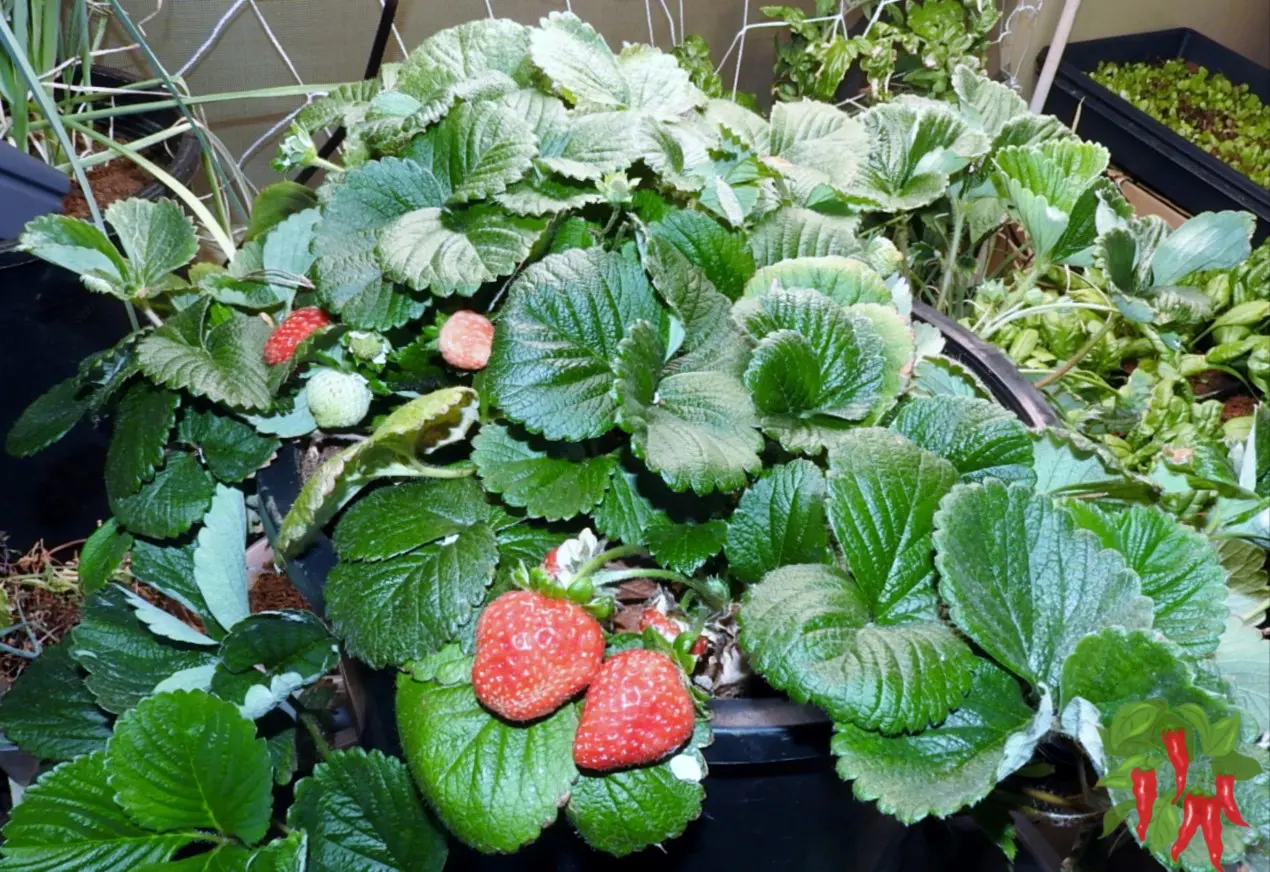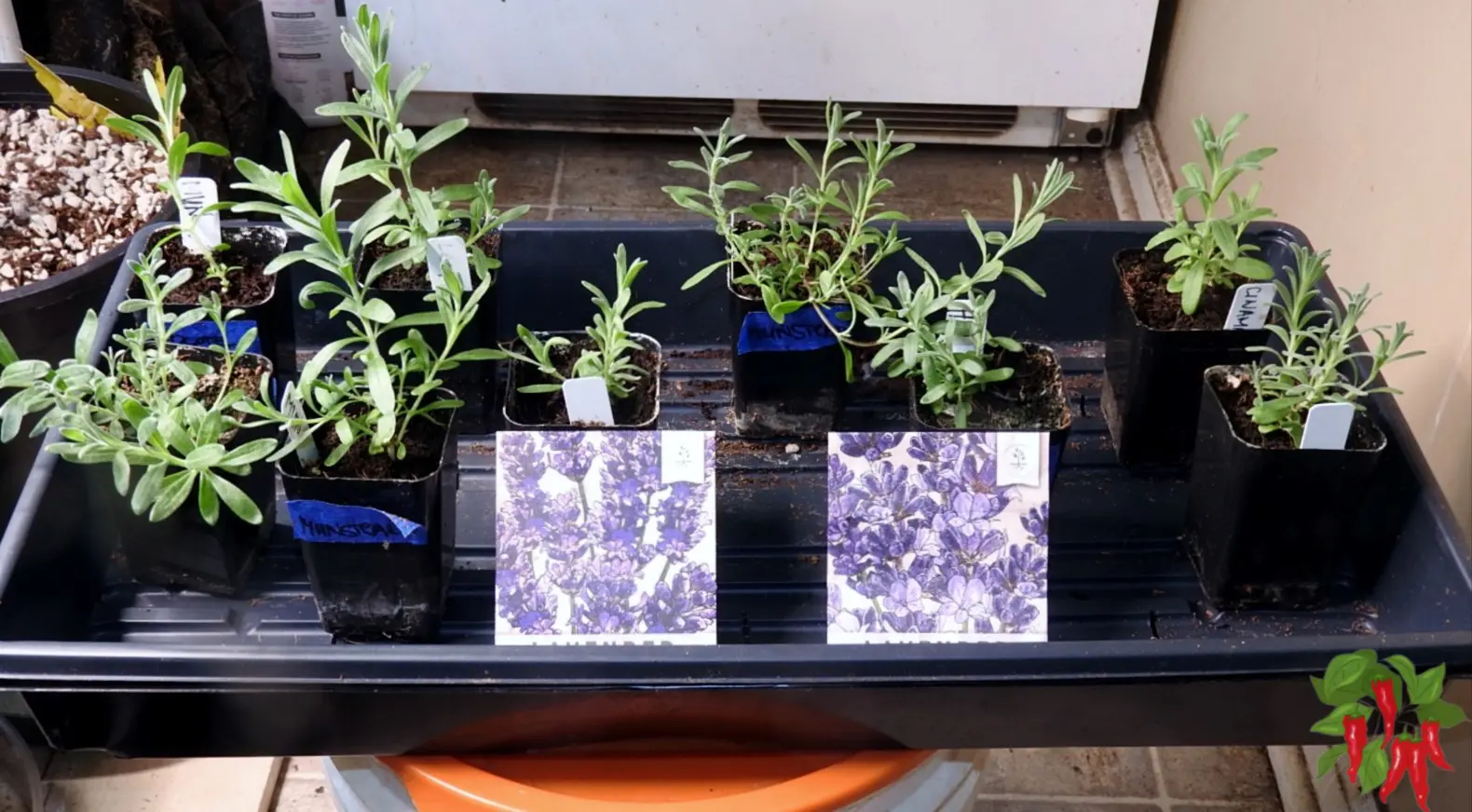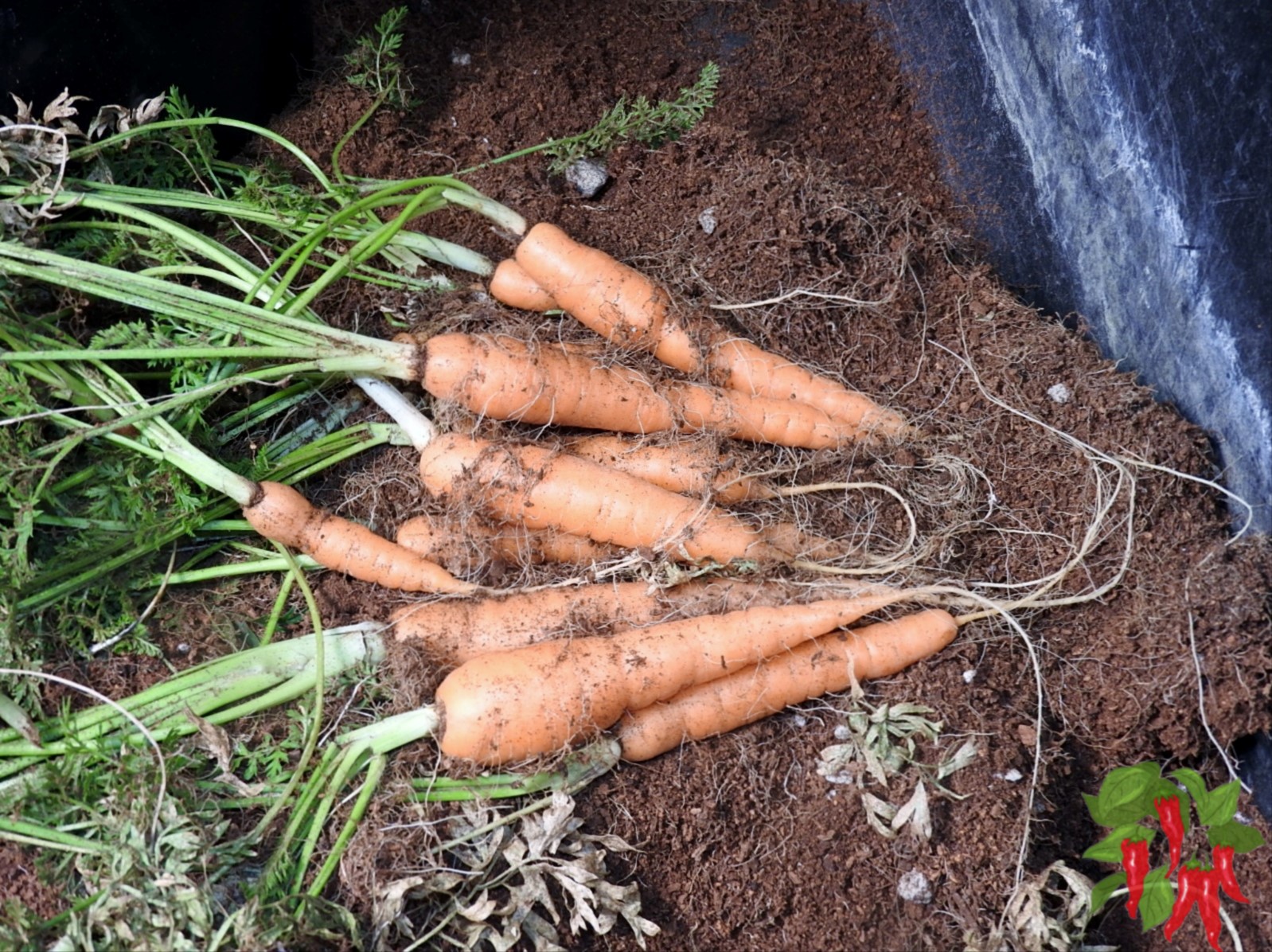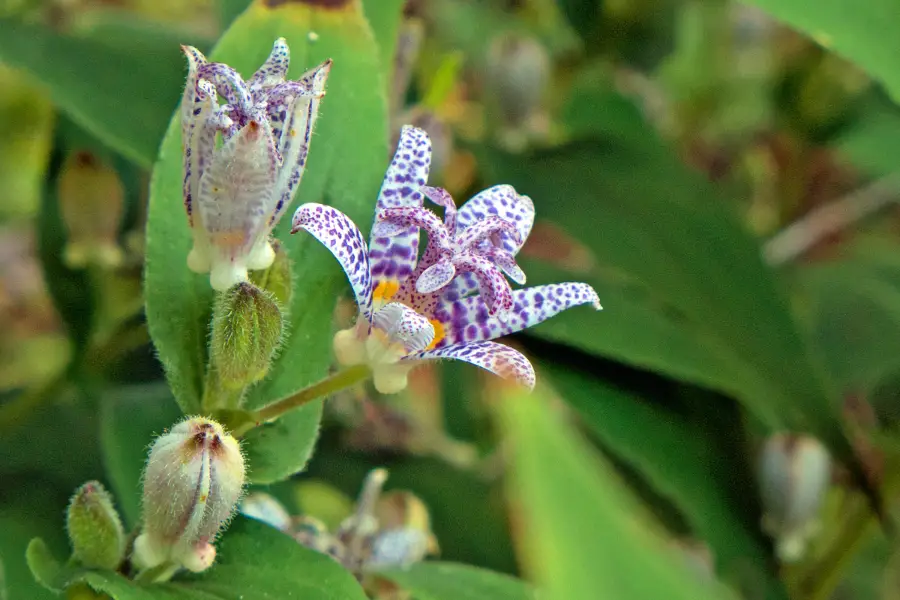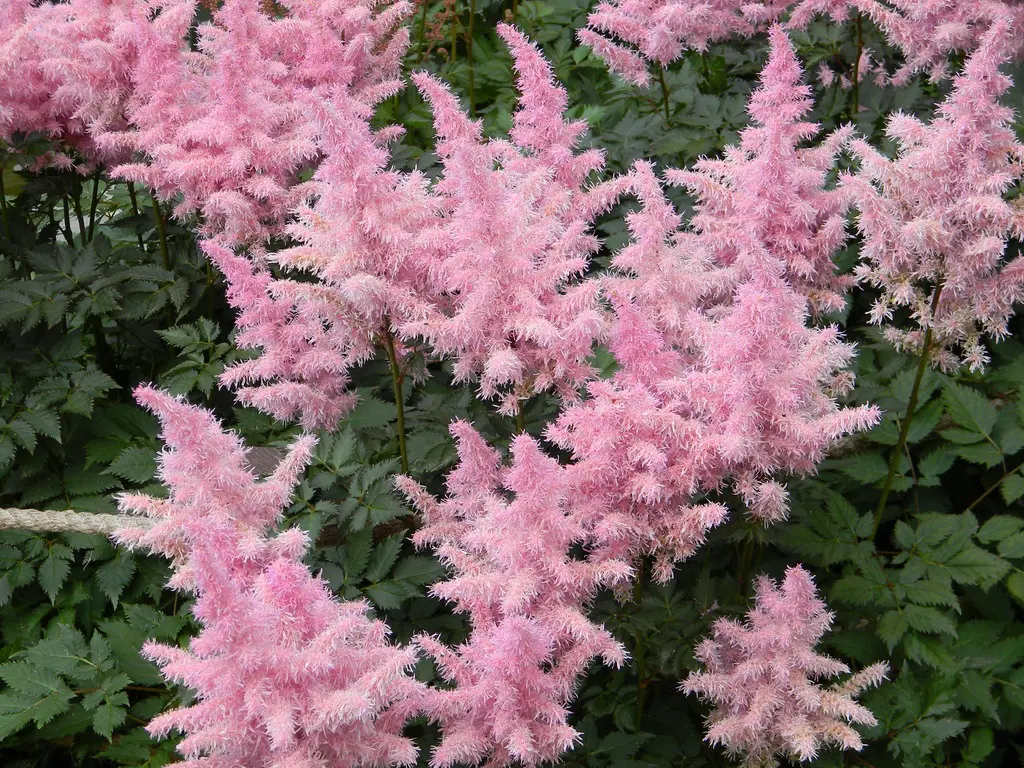This post contains affiliate links. If you buy something from one of our links we may earn a commission. Thanks
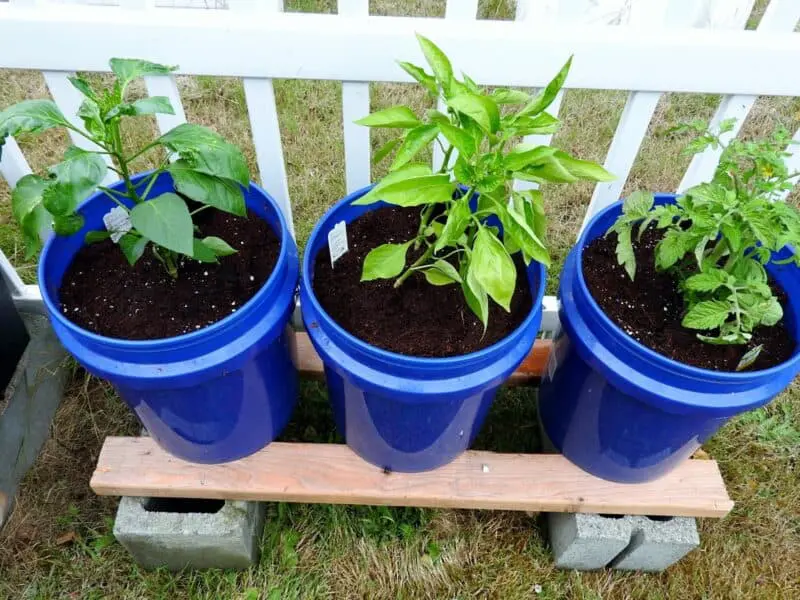
Want to know how does a hempy bucket work? Join us on a fun journey to decode this gardening gem! Let’s grow together!
Hempy Buckets work by employing a passive hydroponic system, meaning they don’t require electric pumps or air stones. A container with a growing medium like perlite, vermiculite, or a coco coir mix holds the plant. Water and nutrients are manually added to the container, and excess solution drains through a hole, ensuring optimal moisture and nutrient levels for plant growth.
Hempy buckets are a term that might sound unfamiliar to some. But have been gaining traction among hydroponic growers and gardening enthusiasts.
This simple yet effective passive hydroponic system offers a unique approach to plant cultivation.
But what exactly is a Hempy bucket, and how does it work? Let’s delve into the mechanics and benefits of this innovative growing method.
What is a Hempy Bucket?
A Hempy bucket is a passive hydroponic system that combines the principles of both soil-based and hydroponic cultivation.
It’s a container with a reservoir at the bottom that holds a nutrient-rich solution.
Above this reservoir is a growing medium, typically perlite or a mix of perlite and vermiculite, which provides support for the plant and aids in moisture retention.
How Does A Hempy Bucket Work?
Reservoir System: At the base of the Hempy bucket is a small reservoir that holds a nutrient solution.
This reservoir is typically 1-2 inches deep. The idea is to allow the bottom roots of the plant to access this solution, while the upper roots remain in the growing medium.
Wicking Action: The growing medium, especially when perlite is used, has excellent wicking properties.
This means that the nutrient solution from the reservoir is drawn up into the medium through capillary action, ensuring that the plant’s roots receive both moisture and nutrients.
Drainage Hole: A crucial component of the Hempy bucket is the drainage hole, located just above the reservoir level.
This hole ensures that the reservoir doesn’t get too deep, preventing the growing medium from becoming oversaturated.
It also allows for easy flushing of the system.
Root Zone: In a Hempy bucket, the root zone experiences both wet and dry cycles.
The bottom roots are always in contact with the nutrient solution, ensuring they receive constant nourishment.
The upper roots, on the other hand, get aerated as the medium dries out between waterings.
This dual-zone approach promotes robust root growth and prevents root rot.
Benefits of Using a Hempy Bucket
Simplicity: One of the primary advantages of the Hempy bucket system is its simplicity.
It doesn’t require pumps, timers, or electricity. All you need is a container, growing medium, and nutrient solution.
Cost-Effective: Due to its minimalistic design, setting up a Hempy bucket is relatively inexpensive compared to other hydroponic systems.
Flexibility: Hempy buckets are versatile. They can be scaled up for larger plants or used in multiples for a more extensive growing operation.
Efficient Water Usage: The reservoir system ensures that there’s always a supply of nutrient-rich water available to the plant, reducing the frequency of watering and conserving water.
Optimal Growth: The combination of constant nutrient availability and regular aeration of the root zone promotes faster growth and higher yields compared to traditional soil cultivation.
Setting Up a Hempy Bucket
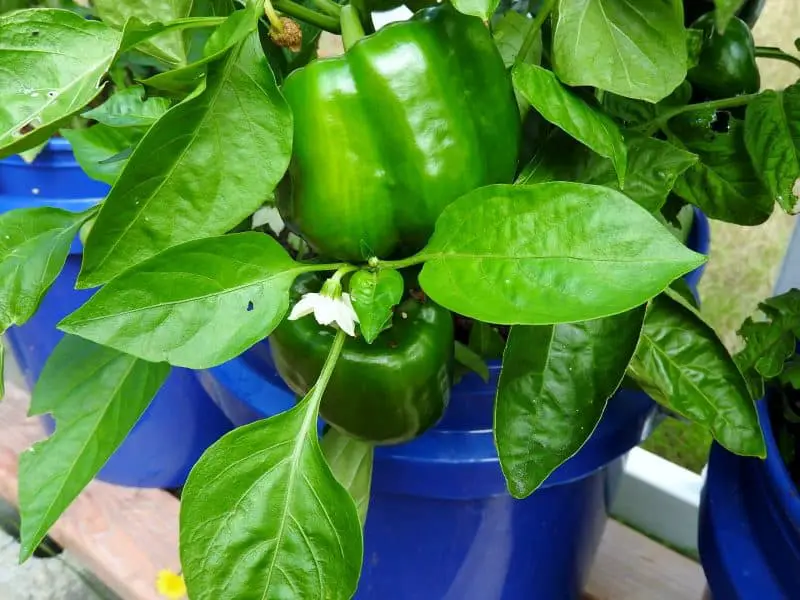
• Choose a Container: Any container can be used, from buckets to pots. Ensure it’s deep enough to accommodate the reservoir and the plant’s root system. 5-gallon buckets are the most popular.
• Drainage Hole: Drill a hole approximately 1-2 inches from the bottom of the container. This will set the reservoir’s depth and allow for drainage.
• Add Growing Medium: Fill the container with your chosen medium, typically perlite or a mix of perlite and vermiculite.
A mix of coco coir and perlite is also a popular mix. Experiment with a 50/50 mix. You might find you want to go to 70% perlite if the mix is too wet. I even have modified hempy buckets with straight coco.
• Plant and Water: Plant your seedling or plant into the medium. Water it with a nutrient solution until you see a little runoff from the drainage hole. This ensures the reservoir is full.
• Maintenance: Regularly check the moisture level of the medium. When the top feels dry, it’s time to water again.
Over time, you’ll get a feel for the watering frequency your specific plant requires.
Frequently Asked Questions about Hempy Buckets
Navigating the world of Hempy buckets can sometimes leave gardeners with a handful of questions.
Whether you’re a seasoned hydroponic enthusiast or just starting out, it’s natural to seek clarity on certain aspects of this unique system.
To help you out, we’ve compiled a list of the most frequently asked questions about Hempy buckets, complete with detailed answers.
Q: How often should I change the nutrient solution in a Hempy bucket?
A: Every time you add water you are flushing out old nutrients. Still, it’s a good idea to flush out the hempy with clean water and refresh the nutrient solution every 1-2 weeks. This helps prevent salt buildup.
However, this can vary based on the size of your plant and its nutrient consumption.
It’s essential to monitor your plants for signs of nutrient deficiencies and adjust accordingly.
Q: Can I use organic nutrients with this system?
A: Absolutely! While many growers use synthetic nutrients, organic options can also be used in a Hempy bucket.
Just ensure that the organic nutrients are well-dissolved and filtered to prevent any blockages in the system.
Q: How do Hempy buckets fare with different plant types, like vegetables or ornamental plants?
A: Hempy buckets are versatile and can support a wide range of plants.
From vegetables like tomatoes and peppers to ornamental plants and even some fruits, the system can cater to various plant needs.
However, always research the specific requirements of the plant you’re growing to optimize the Hempy bucket environment for it.
Q: Is there a risk of overwatering with a Hempy bucket?
A: The design of the Hempy bucket, with its drainage hole and reservoir system, minimizes the risk of overwatering.
The upper roots get aerated as the medium dries, while the bottom roots access the nutrient solution.
However, it’s crucial to ensure the drainage hole isn’t blocked to prevent oversaturation.
Q: Can I use other growing mediums besides perlite or vermiculite in a Hempy bucket?
A: While perlite and vermiculite are the most popular choices due to their excellent wicking properties, other mediums like coco coir or a mix of these can also be used. The key is to ensure the medium provides good aeration and can wick the nutrient solution effectively.
We hope this FAQ section sheds light on some of the common queries about Hempy buckets. As always, the key to successful gardening is observation, research, and a bit of experimentation!
Using A Hempy Bucket Conclusion
The Hempy bucket system offers a unique blend of hydroponic efficiency and soil-based simplicity.
It’s an excellent choice for growers looking for a low-tech, cost-effective method that still delivers impressive results.
Whether you’re a seasoned gardener or a newbie, the Hempy bucket is worth considering for your next cultivation project.
Try A GroBucket. It’s an insert for a hempy and gives you a larger reservoir which means less watering.



